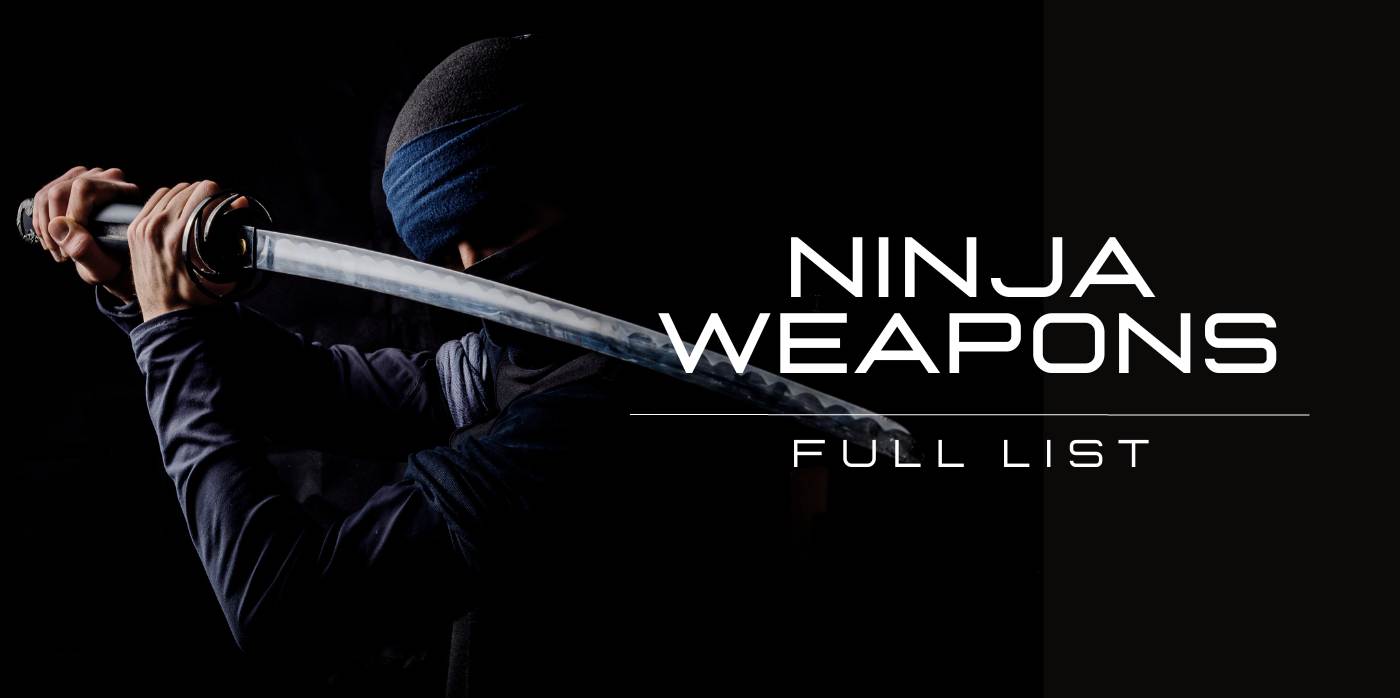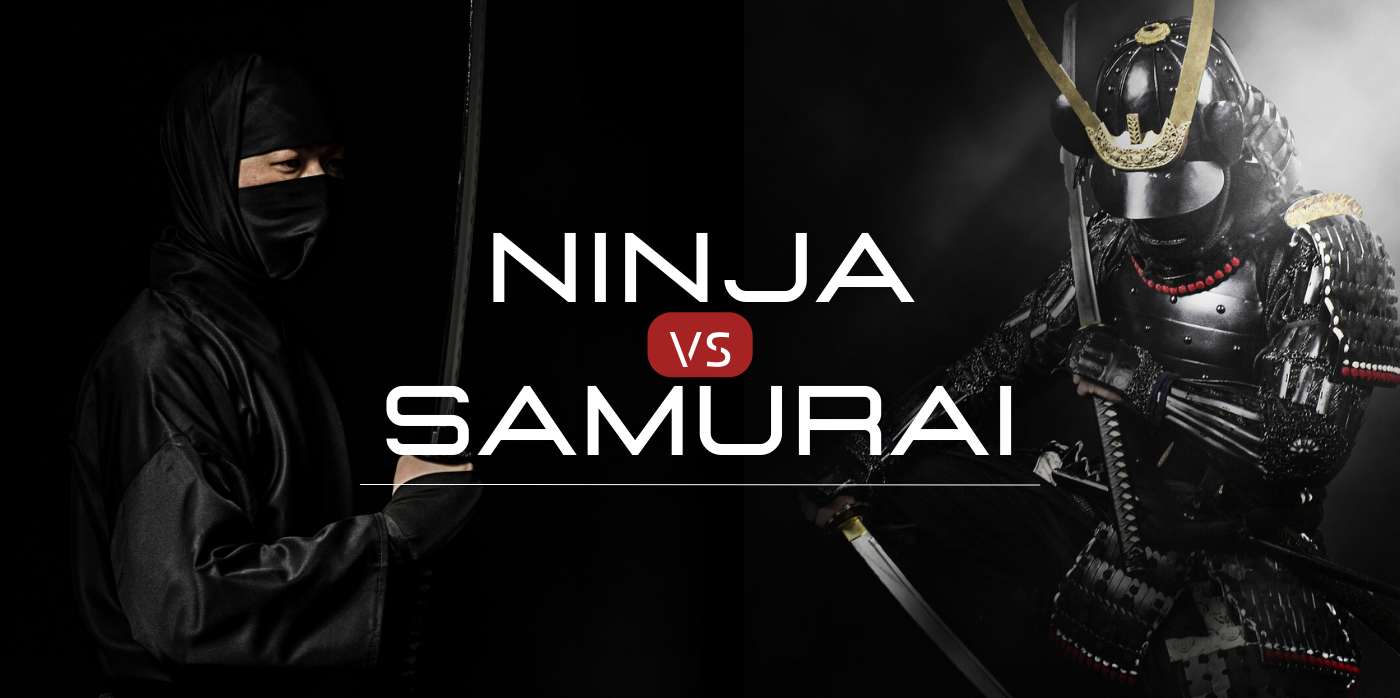For centuries, the Ninja, those mysterious and fascinating figures of feudal Japan, have captured our imaginations with their shadowy arts and impressive weapon skills. Known as the shinobi, these covert agents of the ancient world were adept in various forms of combat, espionage, and sabotage. They were revered and feared for their mastery of stealth and the deadly arsenal at their disposal.
1. The Ninja: Shadows of Feudal Japan
1.1 Who Were the Ninja
The Ninja, or Shinobi, were covert agents of ancient Japan, dating as far back as the 15th century. Their tasks varied from espionage and sabotage to assassination, and they were highly skilled in guerilla warfare and stealth (ninjutsu). Ninja needed a certain collection of equipment and weaponry to execute their objectives since they were more concerned with surprise and stealth than direct confrontation.
1.2 The Ninja’s Weaponry
The Ninja's weaponry was designed for silence, swiftness, and subtlety. Each tool had a unique role, serving both practical and strategic purposes, from distraction and defense to attack. Despite the variety, all Ninja weapons were adaptable, easy to use, and efficient, reflecting the Ninja's principles of adaptability and pragmatism.
2. List of Ninja Weapons
2.1 Katana
Despite being predominantly identified with the Samurai, the Ninja also employed the Katana. The Katana was a dependable weapon in a variety of circumstances due to its reputation for sharpness and toughness.
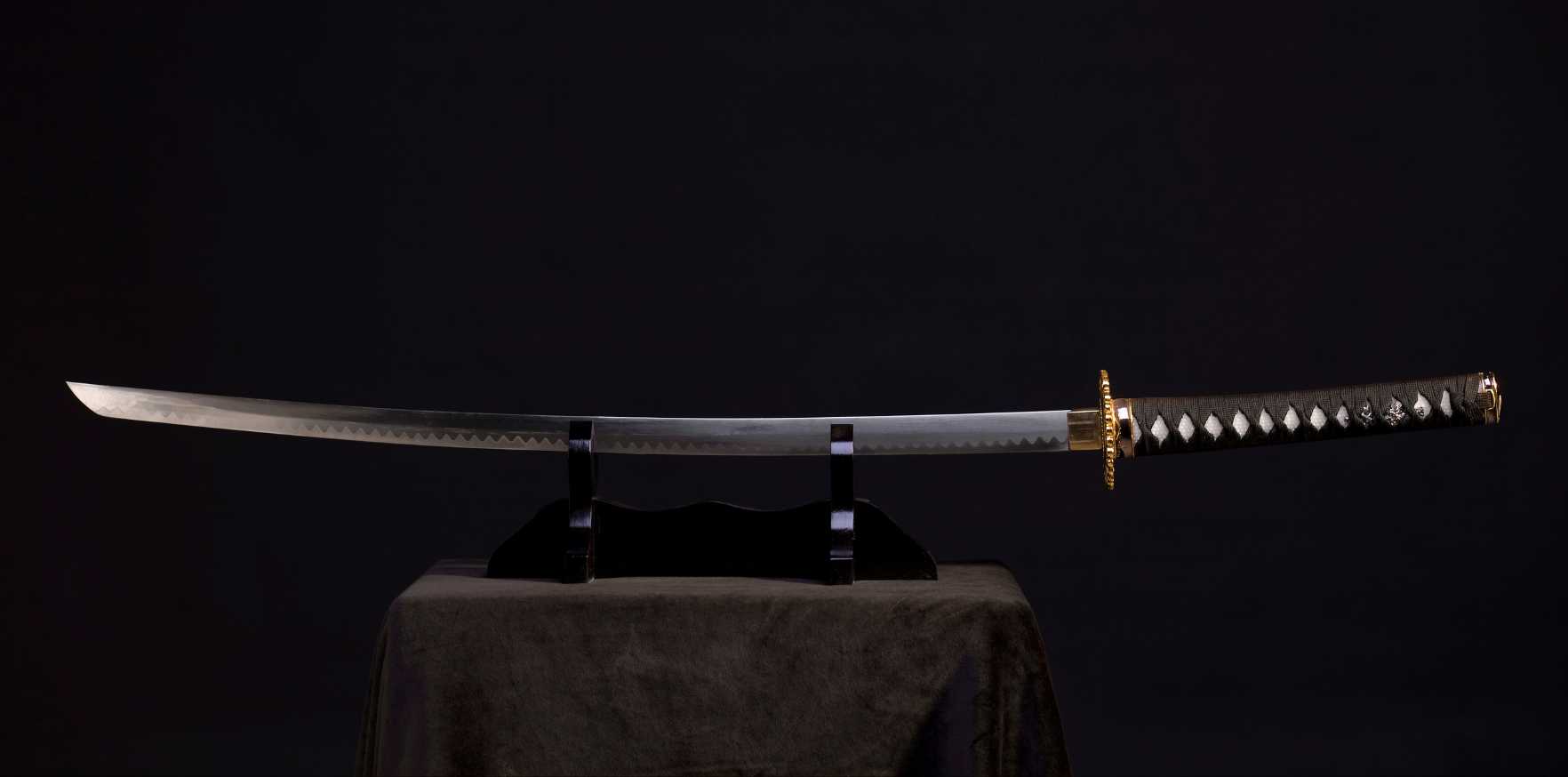
2.2 Ninjato
The Ninjato was a short, straight sword that was simple to use and efficient for both slicing and stabbing. It is frequently depicted as the weapon of choice for the Ninja in popular culture. Its simplicity, combined with the Ninja's skill, made the Ninjato a weapon of deadly efficiency.
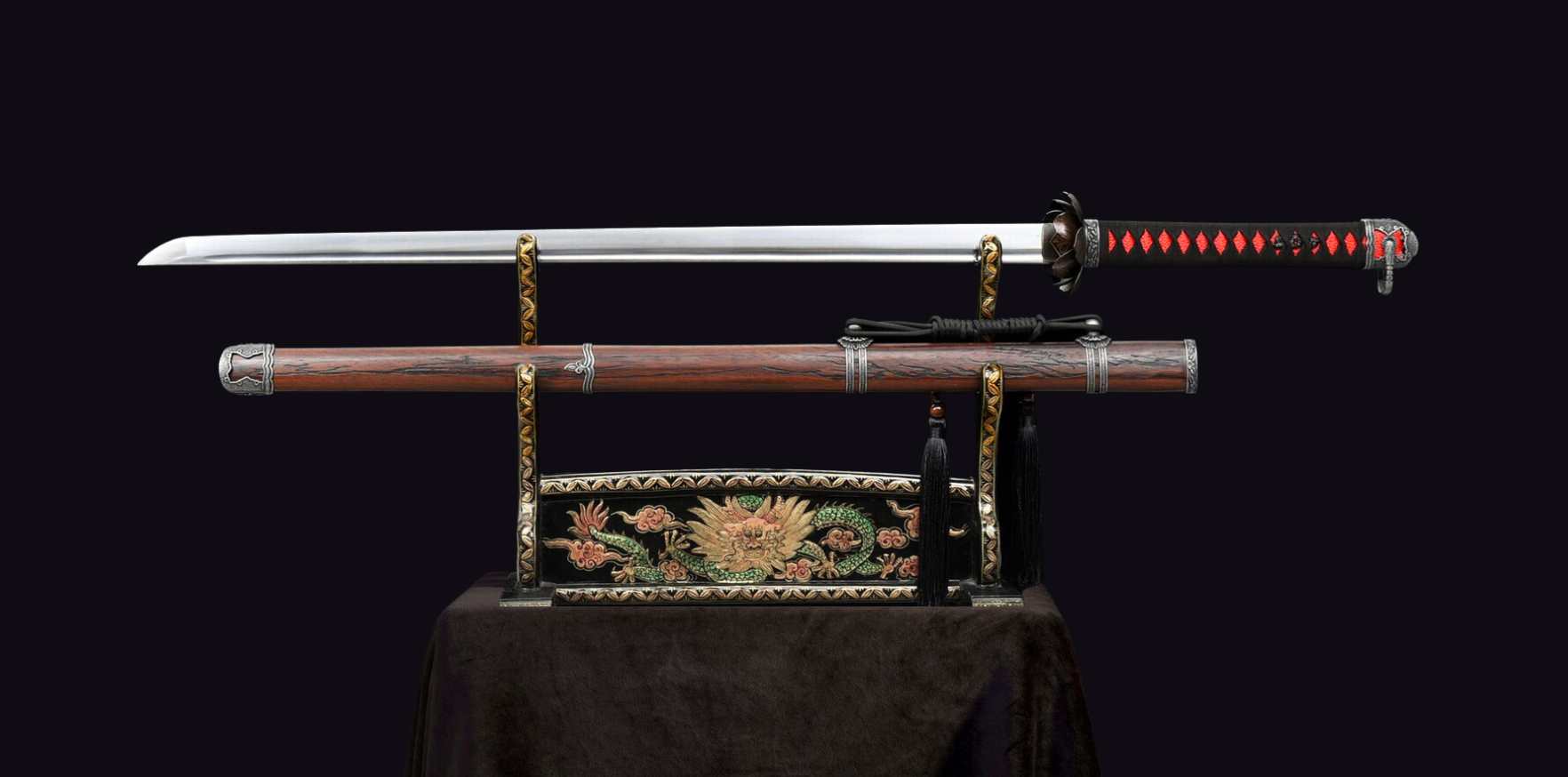
2.3 Tanto
The Tanto, a small dagger, was perfect for close-quarters combat. Compact and easy to hide, it was an essential part of a Ninja's arsenal.

2.4 Shuriken
Shuriken, or throwing stars, were multifunctional tools. Used for distracting, harassing, or disabling enemies, they could be thrown, but also used for slashing or stabbing in close combat.

2.5 Kusarigama
The Kusarigama consisted of a sickle (kama) connected to a weighted chain (kusari). This allowed the Ninja to attack at both long and short distances, making it versatile and deadly.
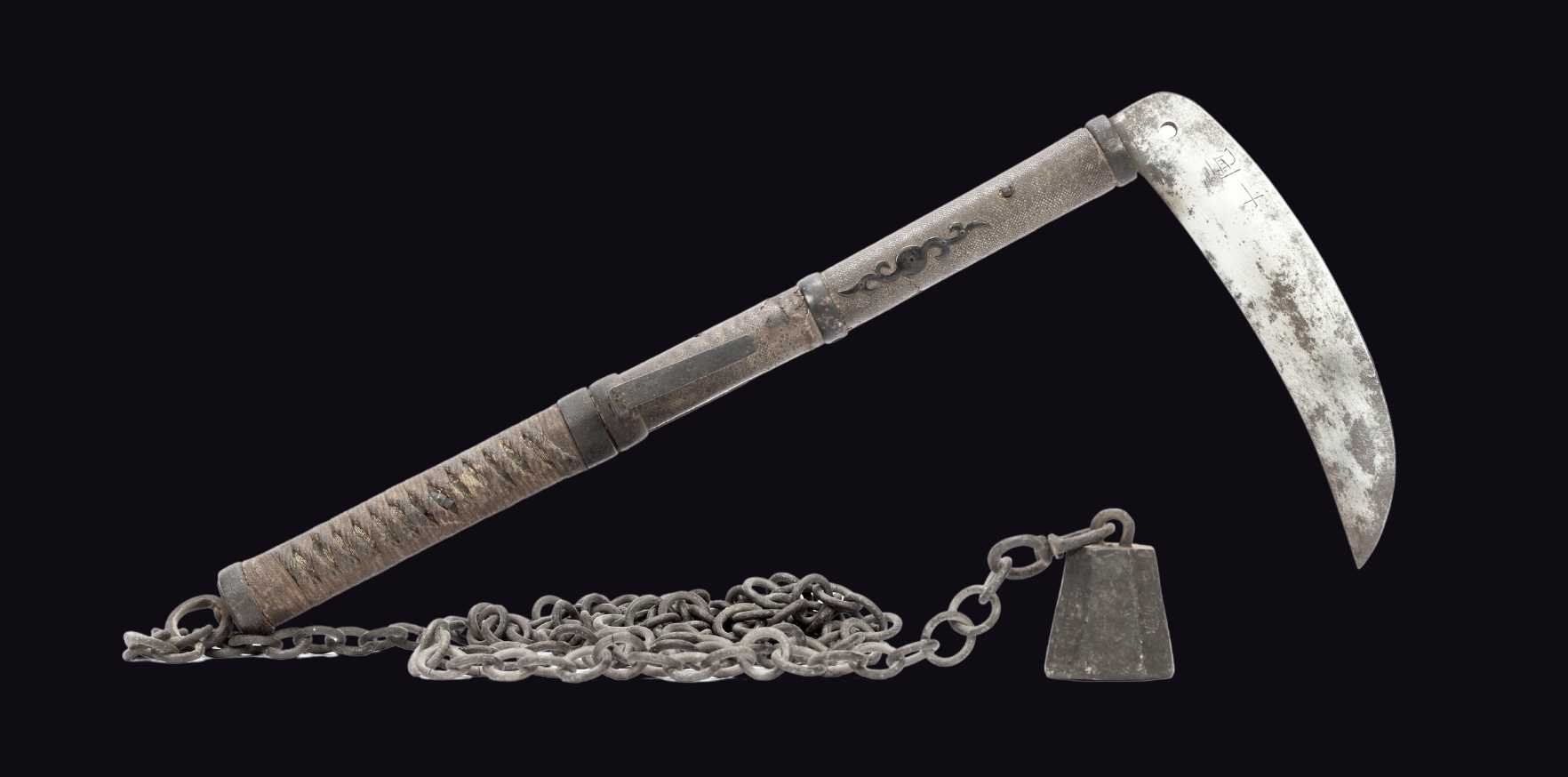
2.6 Blowguns
Blowguns (Fukiya), used to silently incapacitate enemies from a distance, shot darts or small shards of metal. The projectiles were often coated in poison for an assured outcome.
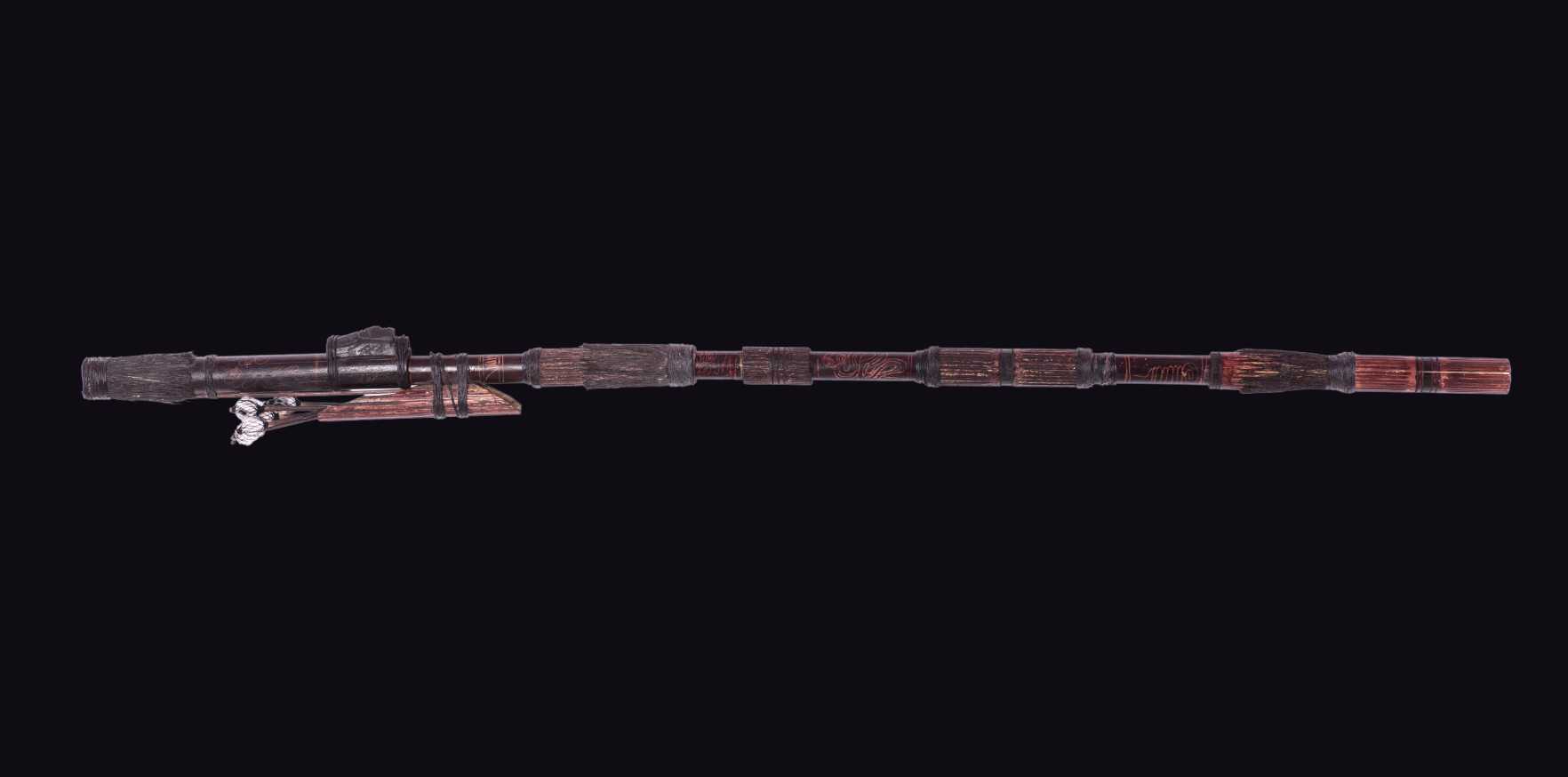
2.7 Darts
Darts (Bo-Shuriken), smaller and lighter than arrows, could be thrown or shot from a blowgun. Like the Shuriken, they were often used for distraction or to cause damage from a distance.
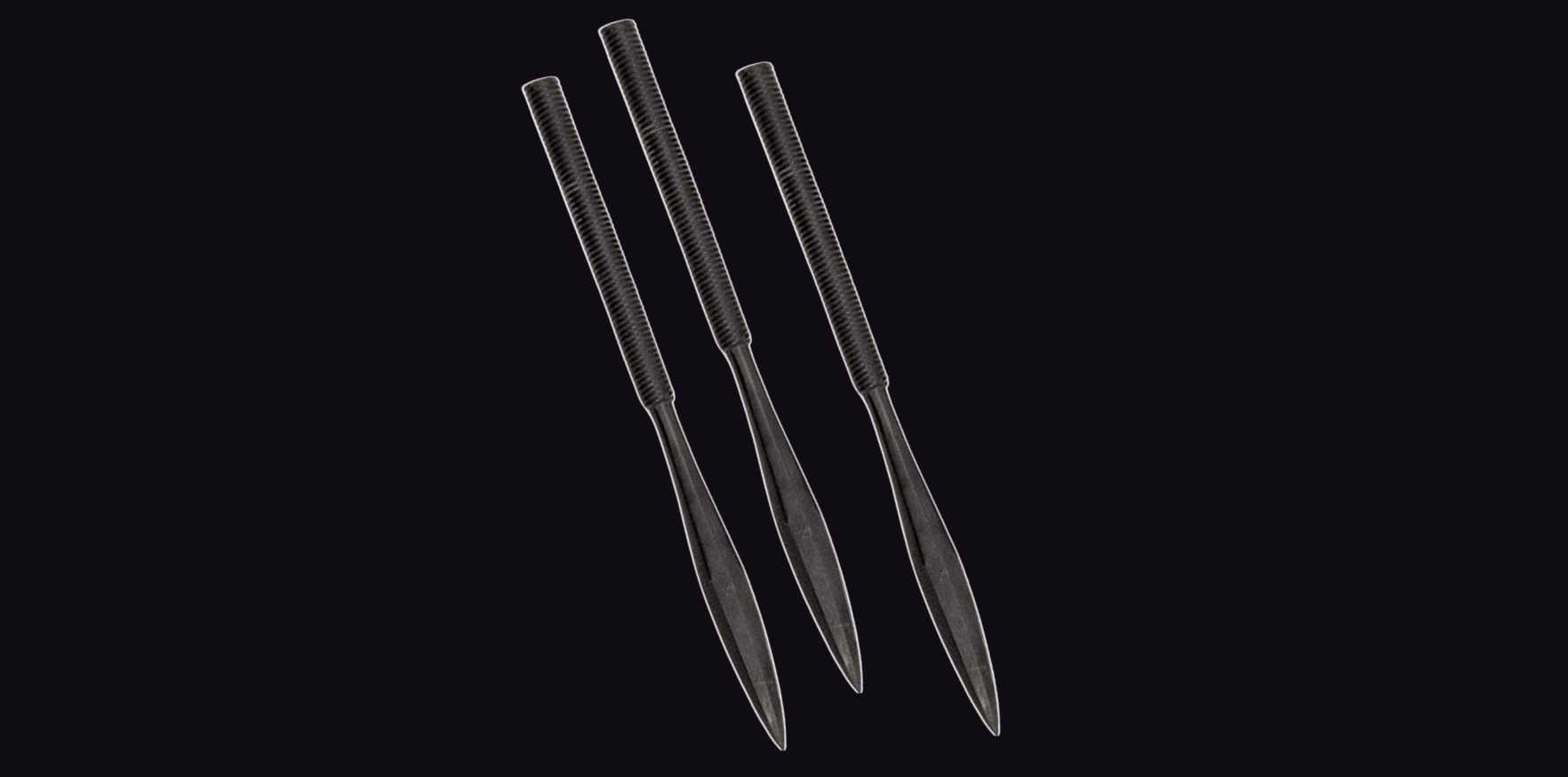
2.8 Makibishi
Makibishi, the ancient version of caltrops, were spiked devices scattered on the ground to slow pursuers, providing the Ninja a quick getaway.
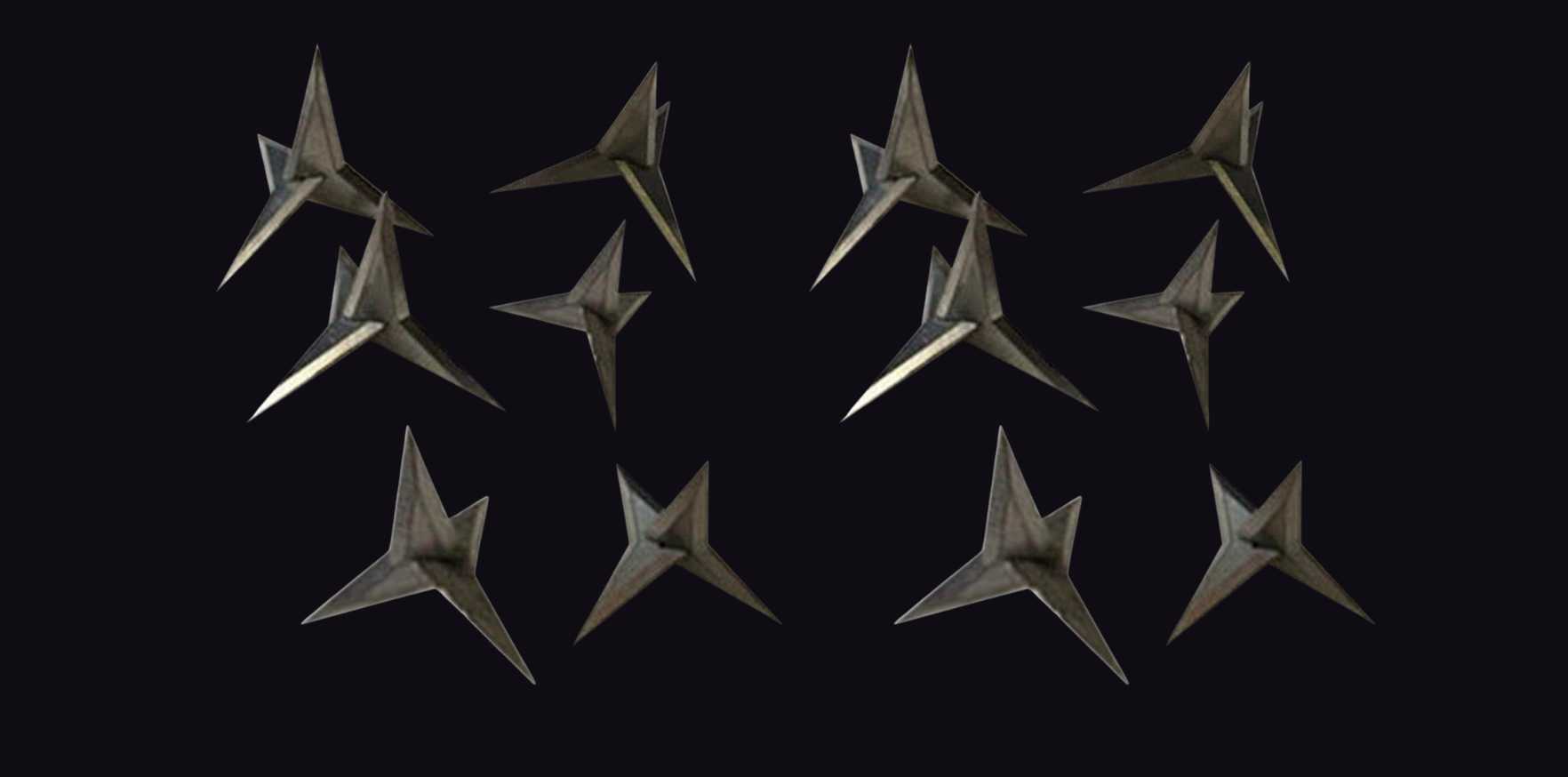
2.9 Smoke Bombs
Smoke bombs, a classic Ninja tool, provided cover for escape, confusion during attacks, or distraction, allowing the Ninja to manipulate the battlefield to their advantage.

3. The Art of Ninjutsu: Using Ninja Weapons
3.1 Stealth and Strategy
The Ninja technique of Ninjutsu consisted of more than simply martial instruction. It involved planning ahead, being flexible, and having a thorough awareness of one's environment. The effective use of their unique weapons required not only physical skill but a strategic mind.
3.2 Adaptability
The Ninja's survival hinged on their ability to adapt, which extended to their use of weapons. Each tool had multiple uses, depending on the situation, and the Ninja were adept at improvising, often using the environment to their advantage.
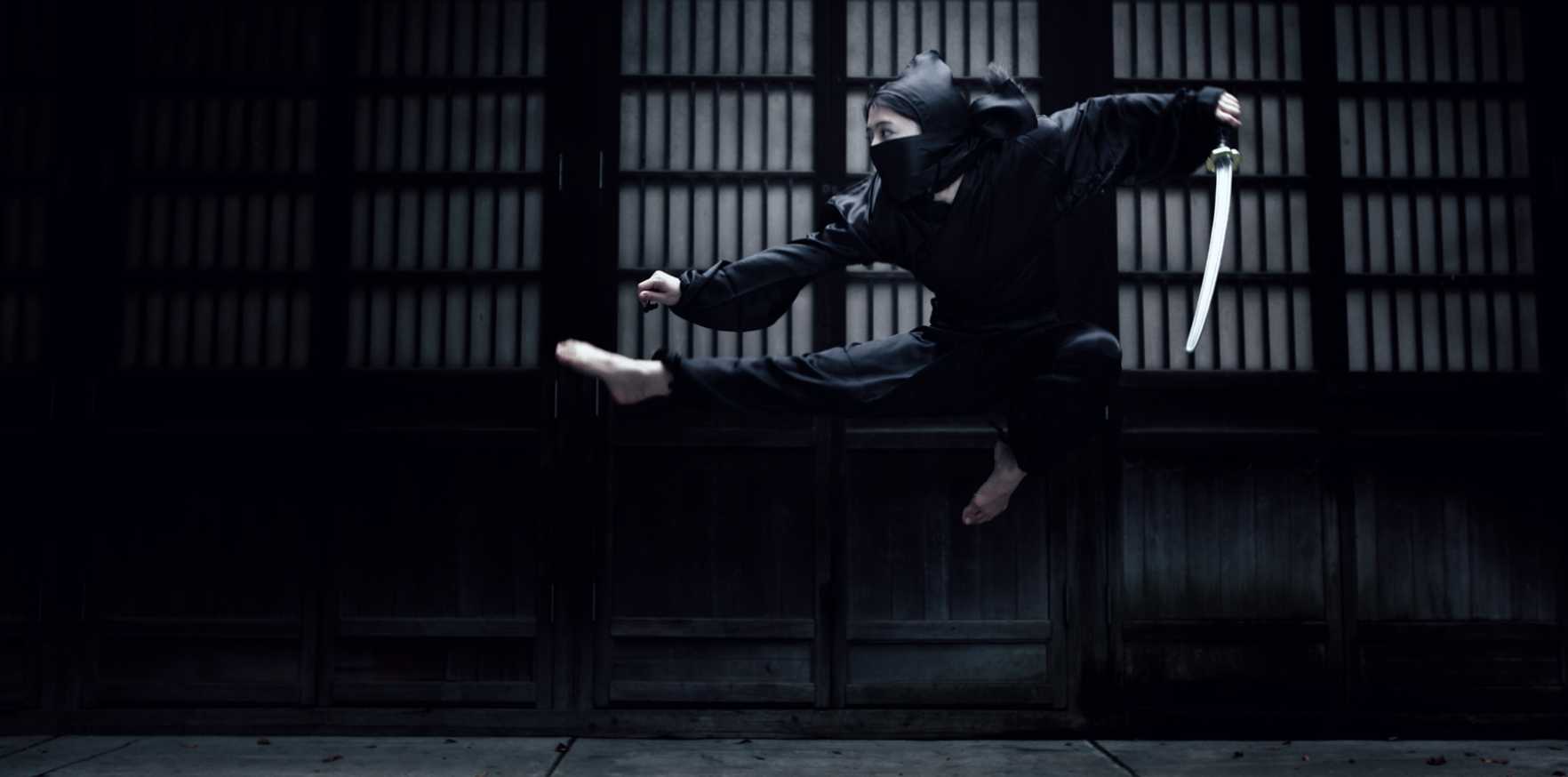
Conclusion
The Ninja, with their unique arsenal and skill set, remain one of history's most intriguing warriors. The weapons they wielded, from the versatile Katana and Ninjato to the deceptive Shuriken and Smoke Bombs, were not just tools of war, but extensions of their ethos of adaptability, efficiency, and subtlety. As we continue to be fascinated by these shadow warriors of feudal Japan, we gain a deeper appreciation for their craft and the deadly artistry of their weaponry.



